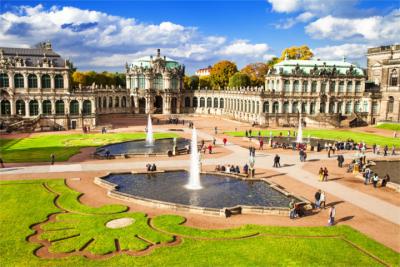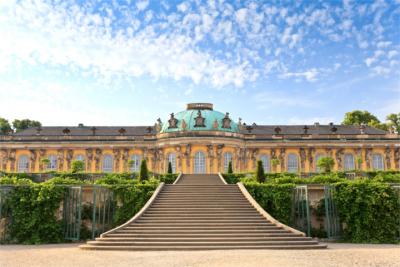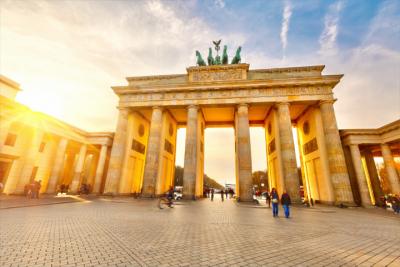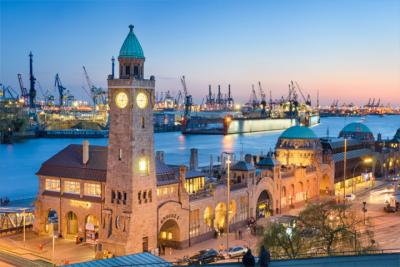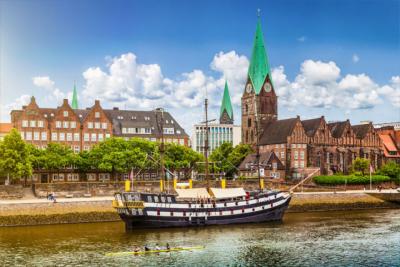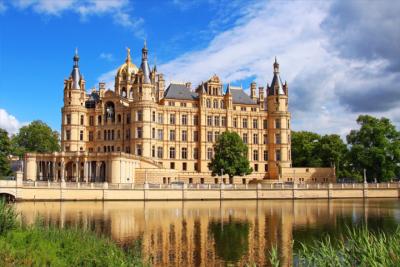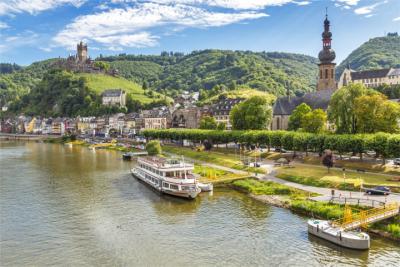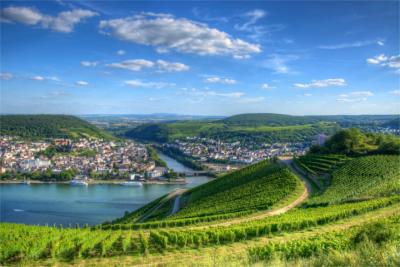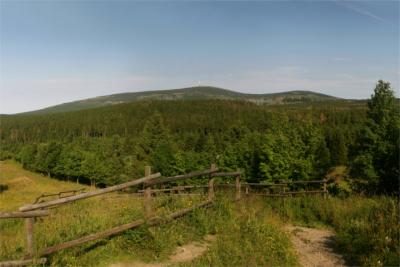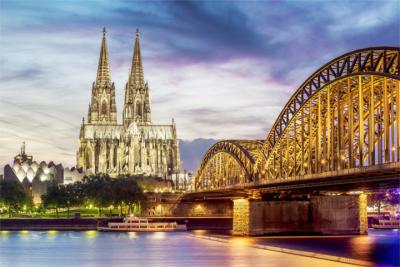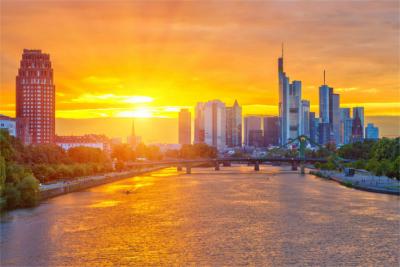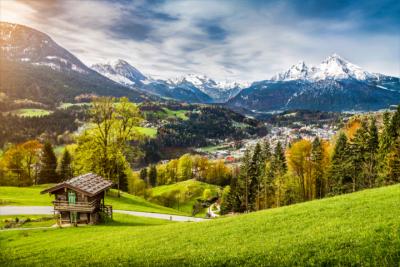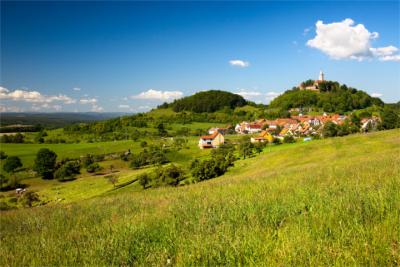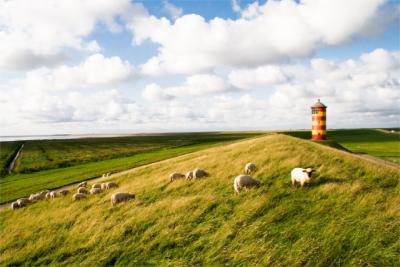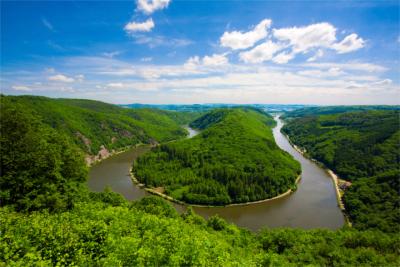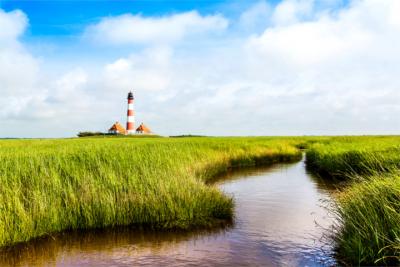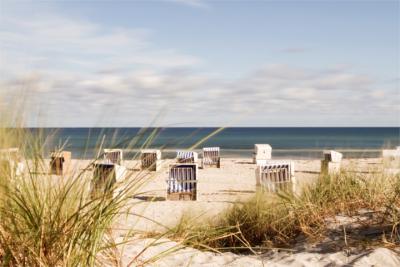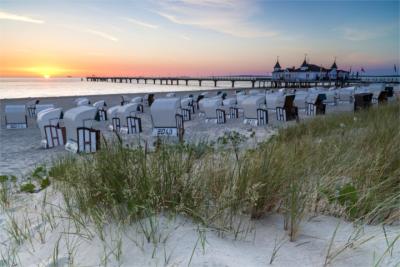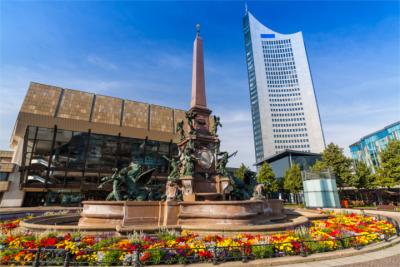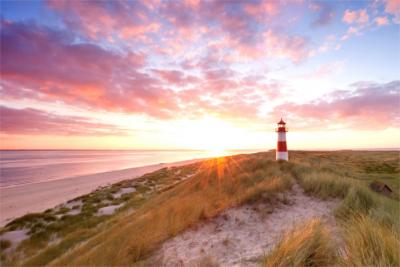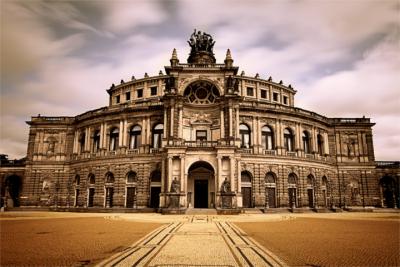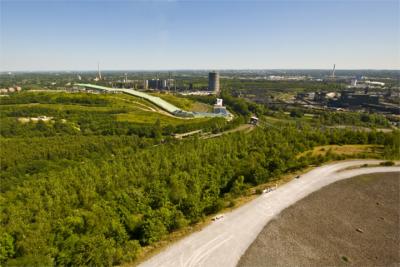Travel Offers
Travelmyne Featureprint
Distance
Schleswig-Holstein - State between two Seas
Schleswig-Holstein fascinates with maritime charm, vast, flat plains, scenic lighthouses and its traditional customs. Influenced by the Danish, Frisian and German culture, the country between the two seas has its very own appeal.
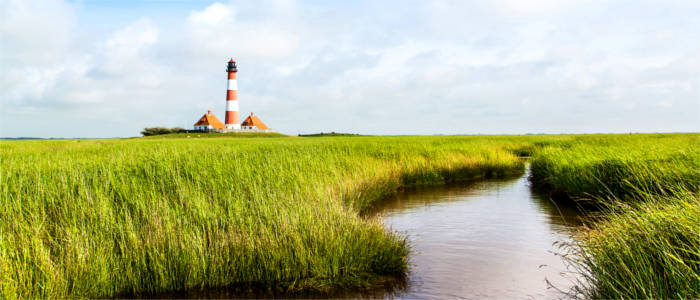
Geography - The perfect location between the North Sea and the Baltic Sea
Schleswig-Holstein is the northernmost state of Germany. It is surrounded by the states of Mecklenburg-Vorpommern, Hamburg and Lower Saxony as well as the country of Denmark. In addition, it borders on the Baltic Sea in the east and on the North Sea in the west. The two seas are connected to each other by the Kiel Canal. With an area of 15,799 km², Schleswig-Holstein is the fifth largest German state and has about 2.48 million inhabitants. Besides the capital of Kiel, there is another big city called "Lübeck". Other destinations which are of interest to tourists are Flensburg, Husum, Friedrichstadt, Ahrensburg and Neumünster as well as the islands of Fehmarn and Heligoland. The North Frisian Islands and the Halligen are equally popular. The climate is maritime due to the state's position between the two seas. While the autumn is rather dark and rainy, the spring is relatively dry and sunny. In summer, the temperatures are pleasant, so that visitors can enjoy the two seas.
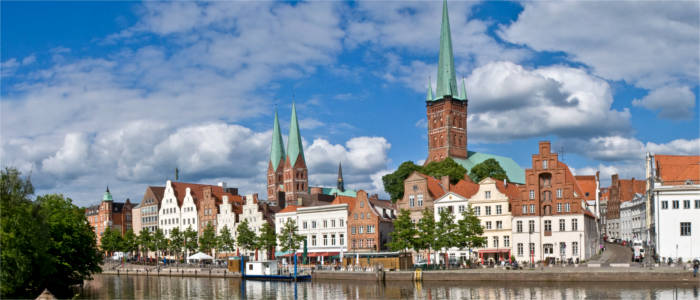
Nature - The Wadden Sea and its rich fauna
Schleswig-Holstein's scenery can be divided into three regions, each of which runs from north to south. You see the marsh in the west, the Schleswig-Holstein Uplands in the east and the Schleswig Geest in between. The state is very flat to hilly with elevations of up to 168 metres of height (Bungsberg). It is crossed by many rivers with the Eider as the longest one. Schleswig-Holstein has the largest national park in Central Europe, the Schleswig-Holstein Wadden Sea National Park, which is part of the UNESCO World Natural Heritage. It is also referred to as a biosphere reserve. The park's fauna is very diverse. It is home to dunlins, Eurasian oystercatchers, white-tailed eagles, river kingfishers, black storks, the lesser emperor (a dragonfly), koniks (Wildpferde) and seals. Both seas are populated by porpoises, which are often mistaken for dolphins. In contrast to the "big five" in Africa, you have the "small five" in the Wadden Sea: the shore crab, the lugworm, the brown shrimp, the mudsnail and the cockle. They are special creatures which appear at low tide. Altogether there are 189 nature reserves and 275 protected landscapes in Schleswig-Holstein. The region around the state's great lake is called "Holstein Switzerland".
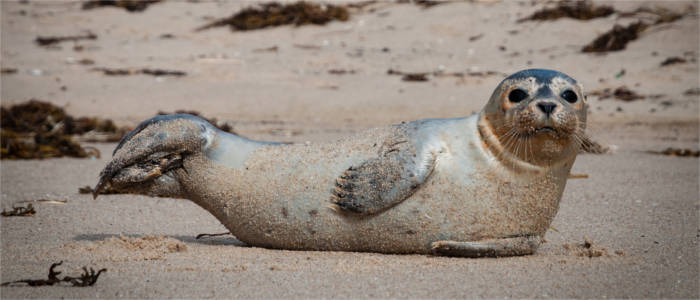
Culture - Variety in every respect
The state's history was eventful. Schleswig-Holstein, which has been settled since the Ice Age, has been under Danish and Prussian rule. During this time, the region was divided into the three parts of Northern Schleswig, Southern Schleswig and Holstein. In 1920, Northern Schleswig became part of Denmark, while Southern Schleswig and Holstein now constitute one of the 16 German states. There is still a great number of Danish people living in the small state. Together with the North Frisians and the Germans, they shape the region's culture. Besides the incredible natural variety, Schleswig-Holstein offers cultural sights. Examples are the Multimar Wattforum Centre, Gottorf Castle with the Hedeby Viking Museum, the Laboe Naval Memorial, the Holsten Gate, the Aquarium Geomar, Schleswig Cathedral, Glücksburg Castle as well as the old towns of Kiel, Flensburg and Lübeck. About 240 museums tell the state's story. Another highlight is the Passat (a four-masted steel barque) and the German submarine U-995. In addition, travellers can marvel at numerous lighthouses at close range or from a distance. The most famous one is probably the Westerheversand Lighthouse.

Experience - Maritime atmosphere and green embankments
The people in Schleswig-Holstein are known for being open-minded, down-to-earth, honest and reliable. They are aware of their traditions and maintain their ancient customs. The variety of cultures and languages make the state a unique destination. The region also offers delicious culinary specialities, most of which are hearty. Travellers should definitely taste the buttermilk soup, the Holsteiner Katenschinken (smoked ham), the Kieler Sprotte (smoked fish), Labskaus (a meat dish), Mädchenröte (a sweet dish made of current juice and whipped egg whites), soused herring and Meelbüdel (a cooked dessert). The position between the North Sea and the Baltic Sea influenced the state's cuisine. There is generally a maritime atmosphere in the region. One highlight is the Kiel Week, a sailing regatta which has been taking place every year since the 19th century. It is one of the greatest sports events on earth. Families are drawn to the Hansa-Park, the Karl May Festival in Bad Segeberg or one of the two seas. Holidaymakers who want to relax can enjoy the view of the sea from one of the many embankments while being surrounded by a flock of browsing sheep or a herd of cows. The fresh, salty air and the sea water offer perfect conditions for recreational holidays. There are numerous spa resorts, health and beauty centres. Travellers who enjoy going shopping find a variety of shops, small boutiques and outlet centres. The nightlife is relatively well-developed. There are several bars, pubs and discos. One popular venue is the Musikmuschel ("music mussel") at the spa promenade in Westerland.
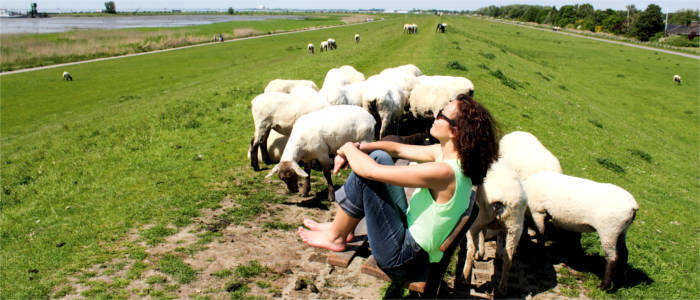
Activities - Flat plains and seas for recreational fun
The best activity in Schleswig-Holstein is enjoying the two seas. Travellers can go bathing, collect mussels or do water sports such as sailing, kitesurfing, diving, water skiing, wakeboarding and windsurfing here, especially in summer. An extraordinarily interesting experience is a walk across the mudflats, during which you can watch the "small five" and seals. Many visitors go on a cruise to one of the islands. Thanks to the region's flatness, Schleswig-Holstein is excellently suited for going cycling and hiking. The numerous embankments are great locations for such activities. The state's many rivers and canals, on the other hand, offer great conditions for going canoeing and kayaking. Horse lovers and golfers get their money's worth too.
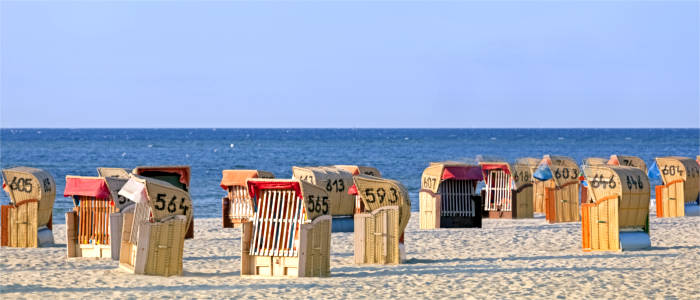
Information
Besides German, the inhabitants of Schleswig-Holstein also speak Low German, Danish, Frisian and - a few of them - Romani. The state is called "Slesvig-Holsten"in Danish, "Slaswik-Holstiinj" in Frisian and "Sleswig-Holsteen" in Low German.
There is no room for boredom In Schleswig-Holstein. Lovers of nature can explore the Wadden Sea, families spend their time at the beach or go on a cruise to the islands and culture enthusiasts marvel at the attractions in the state's cities and towns.

